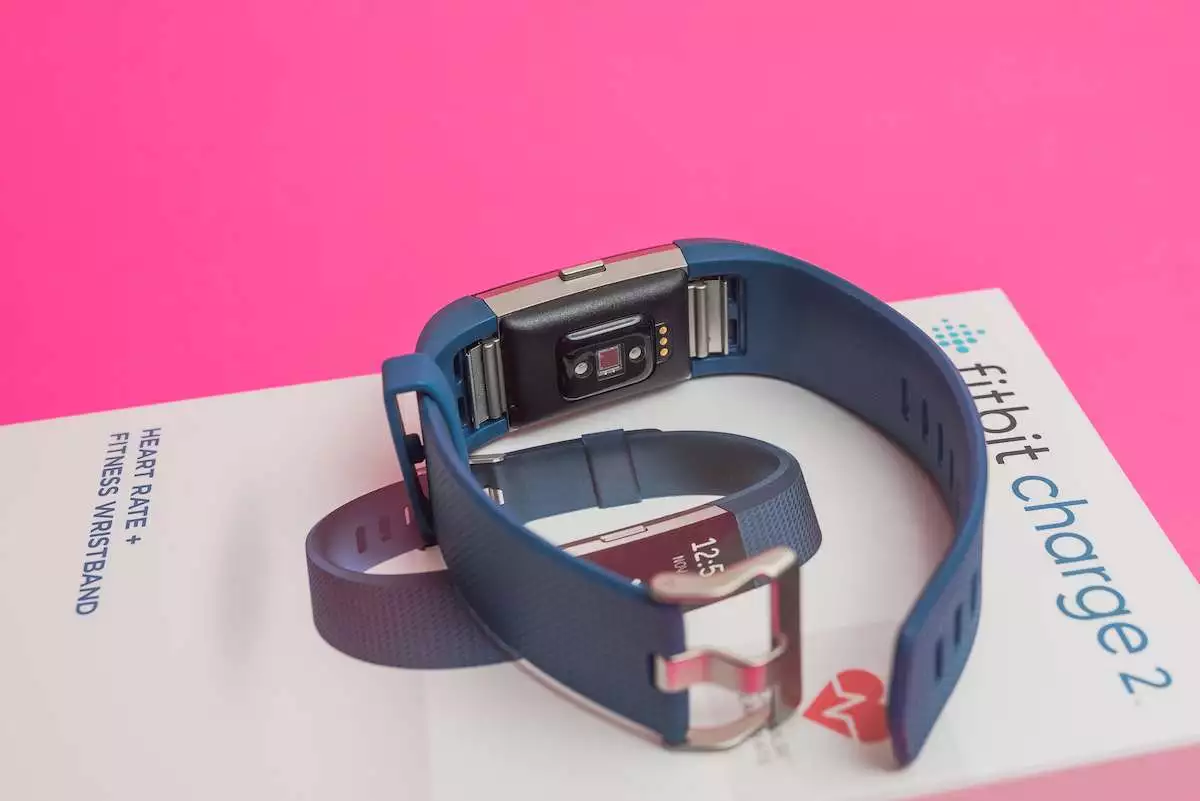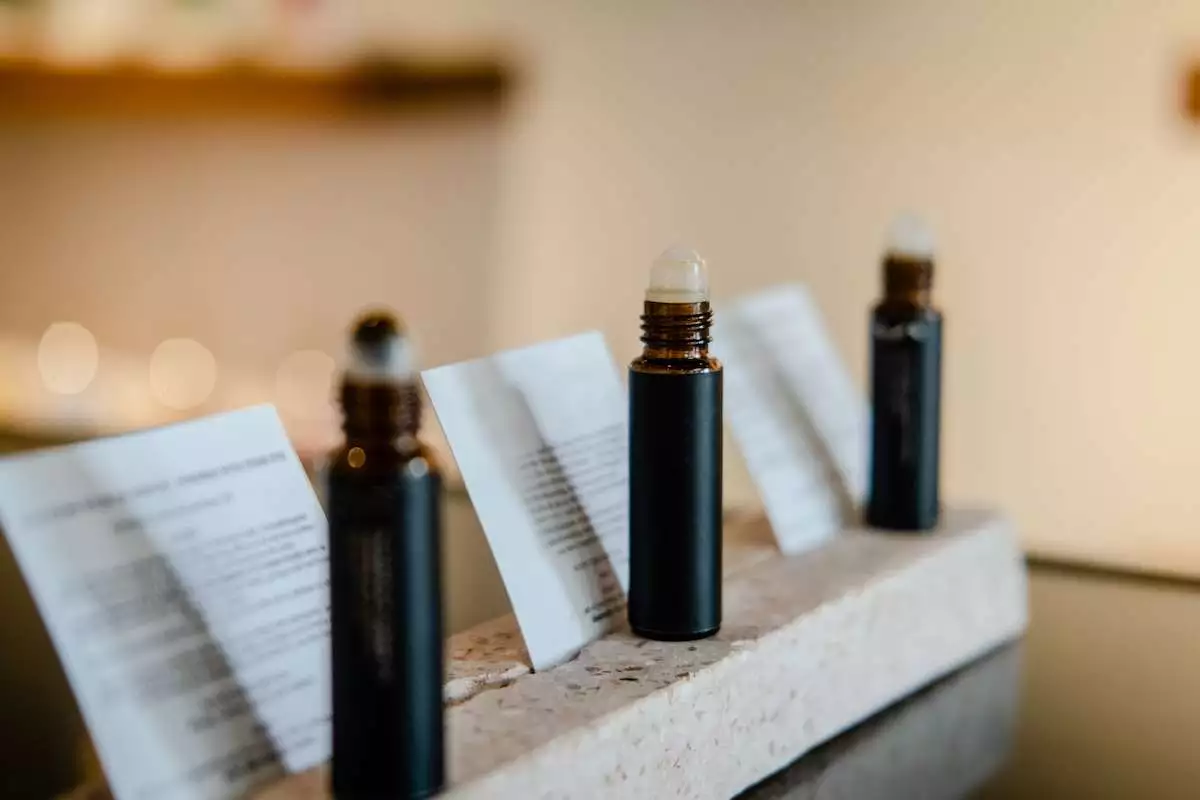Is Fitbit Worth It? [A User’s Complete Review!]
Nothing matches the feeling of getting a new gadget, especially when unboxing it is a well-designed experience. But you cannot buy gizmos just because they look cool; you must decide whether they are worth the price they command.
A Fitbit is worth it if you want to commit to fitness and prefer routine and structure. The device’s functions are helpful to those trying to improve their sleep, reduce stress, exercise more, or eat less. With basic models being priced reasonably, Fitbit trackers are worth it.
In this article, you will learn everything you need to know before getting a Fitbit, including whether you should get one in the first place. We will go over the exact type of people Fitbits are suitable for so you can match contexts. Then we will cover the prices and explore model-specific features so you can make your buying decision. So, bookmark this post, and read on!
Who is Fitbit Most Suitable For?
Fitbit is most suitable for people interested in leading an active lifestyle. More specifically, you can get a Fitbit if you want to lower your calorie intake, increase your active time, and get intentional about your sleep.
Here are the types of people a Fitbit is most suitable for:
- Children/Teenagers – Fitbit has a whole line dedicated to kids because of the importance of adopting an active lifestyle early on.
- Employees with desk jobs – It is easy to lose track of the amount of sedentary time one has with such a job. Fitbit can prompt you to get the movement you need.
- Housewives/Househusbands – Having your work around the house get tracked in terms of active minutes can help you adjust your exercise accordingly.
- Prediabetics – A Fitbit doesn’t track blood sugar, but it inspires you to be active, which is something doctors recommend to all pre-diabetic individuals.
- Athletes – Professional athletes, as well as amateurs, can use Fitbit technology to improve their performance, breath control, heart rate, and sleep cycle.
- Personal Trainers – A Fitbit (the tracker, not the watch) makes you look professional, just as a white coat makes a doctor look authoritative.
- People Trying to Lose Weight – While a Fitbit doesn’t make you magically lose weight, it can help you be less vague about your goals and can hold you accountable.
- Fitness Influencers – Whether you’re an aspiring fitness influencer or an established figure, a Fitbit will help you tweak your fit lifestyle to optimize your physique.
- Models – Finally, models and actors can use a Fitbit and adjust its goals to get into the weight class they need to be in for a role.
How Much Does a Fitbit Cost?

If you’ve decided that a Fitbit is suitable for you, it is time to check out the specific model that matches your needs and your budget. But the good news is that Fitbits come in a wide range of price points.
A Fitbit costs between $69 and $300, depending on the model you acquire. The $69 version is for kids, and the most basic tracker you can get at a low price point is the Fitbit Inspire 2, at around $80. The most expensive one is the smartwatch, which costs nearly $300.
The table below covers how much each model costs. It is advisable to shortlist a few models based on this, then look at the feature breakdown below the table to get the model that fits your exact preferences.
| Fitbit Device Name | Fitbit Device Type | Price Range |
| Fitbit Ace | Kids’ Fitness Tracker | From $68.90 to $77 |
| Fitbit Inspire | Unisex Fitness Tracker | From $99.95 to $105 |
| Fitbit Inspire 2 | Unisex Fitness Tracker | From $80.68 to $84.94 |
| Fitbit Luxe | Fitness Tracker for Women | From $124.95 to $149 |
| Fitbit Charge 5 | Unisex Fitness Tracker | From $161.99 to $179.95 |
| Fitbit Versa 2 | Fitness Tracking Smartwatch | From $149 to $179.95 |
| Fitbit Versa 3 | Fitness Tracking Smartwatch | From $190.60 to $214.99 |
| Fitbit Sense | Fitness Tracking Smartwatch | From $225 to $299.95 |
If you want to check out all the above products at a glance, make sure to head over to the Official Fitbit Store on Amazon!
Key Features Available on a Fitbit
A Fitbit’s price doesn’t say much about the device’s value. Only after knowing the benefits of getting a Fitbit can you tell whether it is worth its retail price. While this section covers the general features of a Fitbit in length, it also includes a table for specific model reference for your convenience.
General Fitbit Features:
1. Track Steps
This is one of the most basic features of a Fitbit and was the flagship service provided by the original Fitbit tracker released in 2009. All subsequent models allow you to track the steps you take.
2. Sync to Smart Devices
Most Fitbit since 2014 allows you to sync with your smartphone or computer via Bluetooth or other wireless connection. With this feature, you can expand the usability of a Fitbit’s wristwear data collection with the Fitbit app.
3. Log Calorie Intake and Expenditure
This feature justifies the “fit” in Fitbit. By logging your food intake and exercises in your Fitbit, you can get a decent idea of your net-calorie balance. Whether you want to be in a calorie deficit and lose weight or aim to put on weight by consuming more than you spend, most Fitbits will assist you in this.
4. Community Access and Challenges
This is one of the most broadly available features of a Fitbit and is responsible for keeping the trackers relevant in the age of Smartphone-backed smartwatches. Whether you want to join a distance-walked challenge or simply want to be motivated by a community of like-minded people, the Fitbit forums are a great place to visit.
Specific Fitbit Features
The following features are available in specific Fitbit models only. The table after the list below identifies the models that allow you to access these perks.
1. Amazon Alexa Access
Fitbit trackers don’t have AI assistants, but Fitbit smartwatches can support Amazon Alexa and its consequent perks. Naturally, this falls under specific features instead of broad benefits.
2. Heartrate Monitor
While widely available across several Fitbit devices, this feature is far from common across all Fitbits. The heart rate monitor allows users to keep track of their heart health. Add-on features in more advanced Fitbit devices even track stress as a derivative measurement.
3. GPS Tracking
This feature allows users to keep track of their device or their own location on Google Maps. It isn’t universally available, and even among the devices that have it, its functionality is far from uniform.
4. Color Touchscreen
Most Fitbit models feature a grayscale screen, while the Luxe model comes with a color touchscreen.
A table indicating the features available for specific Fitbit models
| Fitbit Model | Model Specific Features |
|---|---|
| Fitbit Ace | Kid-friendly size and child-oriented software. Messages and Badges for hitting fitness milestones. |
| Fitbit Inspire | Decent auto-detection on exercise (tracks active hours) Five days battery life Heart rate monitoring (only in Fitbit Inspire HR) |
| Fitbit Inspire 2 | Active Minute tracking Monitors Heart Rate Ten days battery life Detects exercise and active hours |
| Fitbit Luxe | Female-friendly, fashion-forward, appearance and size. Female-specific health tracking metrics Five days battery life Monitor heart rate |
| Fitbit Charge 5 | High-end heart monitoring Seven days of data saving for delayed sync Seven days of battery life Water-resistant for up to 50 meters. Tracks stress Advanced sensors, unlike previous models. Tracks active minutes |
| Fitbit Versa 2 | Luxe Design with expanded capabilities. Activity Tracking down to the minute Daily routine tracking and prompts Features a microphone for dictation and navigation. AI Assistant Integration (Amazon Alexa). Ability to store music (not available in advanced versions). |
| Fitbit Versa 3 | Track hourly activity and send prompts if you’re slacking on your daily routine. Fashion-forward, sleek design. Tracks distance traveled, steps taken, and calories burned. Tracks heart rate and stress Tracks floors climbed (if applicable). Features GPS tracking and Google Maps Integrations. Provides AI assistant access via an in-built microphone. |
| Fitbit Sense | The most advanced Fitbit device as of 2022. Features an FDA-approved cardiogram Tracks active minutes. Features 20+ exercise modes that educate and track activity. Sleek, minimalist design. Tracks blood oxygen measurements. Features heart rate and stress tracking. |
Key Issues Faced When Using Fitbit
Now that you know the best a Fitbit has to offer let’s look at the possible drawbacks of getting one. Please remember that the features covered above are always present in the respective Fitbits, while the issues listed below are occasionally present. Moreover, manufacturer warranty, replacement, and repair options can offset the following issues you may face when using a Fitbit.
Sync Issues
A Fitbit can be a hit or a miss with sync speed. Sometimes, a piece will sync perfectly for years and suddenly slow down, while other times, the Fitbit will come out unable to sync right out of the box. In the latter case, you can always get a refund, but with Fitbits that work for a while before experiencing this issue, you might be left with no recourse except resetting or replacing the device.
Wrong Values
While this doesn’t often happen, sometimes a Fitbit’s sensors do not work properly, or the information they take in gets processed incorrectly. As a result, the device seems to deliver made-up values showing you sleep time and exercise durations that do not match your actual routine.
Battery Burnout

Whether this occurs because of improper charging practices or excessive water exposure is unclear, but some users have reported having to replace their batteries too often. It seems like a Fitbit can get damaged in a way where it starts overusing and frying batteries every three days.
No Bluetooth Detection
Sometimes your Fitbit can get accidentally paired to a different device, which makes it undetectable to your primary device. This isn’t an unfixable issue, as restarting the Fitbit tracker after turning off every other device’s Bluetooth fixes the problem. Still, it can be annoying when you do not know which smartphone or tab is connecting to the Fitbit before your phone gets a chance.
Breakage
Finally, a Fitbit is not invincible. While the device is durable enough to last a long time when taken care of properly, it can just as easily break when you don’t know how to handle it. Unfortunately, most people who get a Fitbit for the first time fall into the latter category.
Which Fitbit Device Should You Choose?
You should choose a Fitbit device that tracks your heart rate and active hours without costing you a lot. Fitbit Inspire 2 fits this description and costs less than some of its predecessors. All subsequent models have upgrades that aren’t as essential.
Most of the flashy features of Fitbit devices beyond Inspire 2 can be done by smartphone. The only exception to an Inspire 2 recommendation is the Fitbit Sense watch. That’s a product I would recommend to marathon runners and semi-professional athletes.
How Long Does a Fitbit Last? What is the Lifespan?
A Fitbit tracker will last up to three years, while a Fitbit smartwatch will last up to five years. After that, users report sync slowdown and other issues, including the device hardware falling apart.
To make sure your tracker lasts the longest it can, you should not expose it to water even if it is waterproof. Moreover, you should charge the device on time and avoid keeping the tracker in direct sunlight for an extended period.
The most common way Fitbits get damaged is when the screen hits a hard surface. Avoid wearing the tracker on your wrists while sparring or engaging in an activity that requires sudden wrist movements.
Is Fitbit Really Worth it? – The Verdict!
If you want to simply track your steps or activity, you can download the Google Fit app on your iPhone or Android Smartphone. The app accesses your mobile phone’s sensors, GPS, and location, to track your movements with a functional range of accuracy.
A Fitbit is really worth it only if you want to go all-in on the fit lifestyle. It becomes a visual part of your identity and keeps your fitness at the forefront of your attention. And at a reasonable $80 entry point, the Fitbit Inspire 2 is a good model to get started.

![Does Apple Watch Face Turn Off? [Here’s How to Do It!]](https://styleuphq.com/wp-content/uploads/2022/05/Apple-Watch-Band--1006x800.webp)
![Does Apple Watch Need a Data Plan? [Complete Guide!]](https://styleuphq.com/wp-content/uploads/2022/03/pexels-torsten-dettlaff-437037-1200x800.jpg)
![Does Apple Watch Come With Charger? [7 Models Compared!]](https://styleuphq.com/wp-content/uploads/2022/05/Depositphotos_166482500_XL-Apple-Watch-Charger-Wireless-with-iPhone.webp)


![Does Apple Watch Drain Phone Battery? [Here’s How to Stop It!]](https://styleuphq.com/wp-content/uploads/2022/05/Depositphotos_82859080_XL-Apple-Watch-and-iPhone.webp)